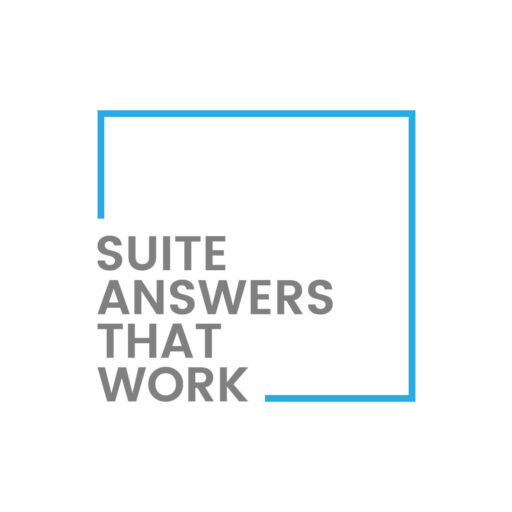Introduction:
NetSuite’s Fixed Asset Management (FAM) module offers a comprehensive, cloud-based solution for tracking, depreciating, and managing the lifecycle of fixed assets, such as machinery, equipment, vehicles, and property. When migrating to NetSuite from a legacy ERP system or consolidating multiple accounting or finance platforms, a common requirement is the ability to import midlife or in-service assets. Assets that have already undergone partial depreciation. This process must include accurate asset acquisition data, depreciation schedules, and historical depreciation entries to ensure seamless financial continuity, accurate fixed asset reporting, and compliance with accounting standards like GAAP or IFRS.
Midlife Assets:
Midlife assets are those that have already been placed in service prior to the NetSuite implementation date. These assets may have accumulated depreciation, tax implications, and book-specific values that must be preserved in the new system. NetSuite allows for the import of these assets through the FAM module using asset records and associated Depreciation History Records (DHR).
Depreciation History Records:
DHRs are transaction records used to recognize any depreciation activity that took place before the asset was configured in NetSuite. As shown below, DHRs require multiple data points and drive FAM processes relating to capturing accurate depreciation financial data.
Key Steps for Importing Midlife Assets:
To import midlife assets correctly, a structured process must be followed, which includes data preparation, system configuration, and record creation. The primary steps are as follows:
- Data Preparation
Gather detailed information for each asset, including:
- Asset name and description
- Acquisition date and original cost
- Asset type and subsidiary
- Book type (e.g., corporate, tax)
- Depreciation method and useful life
- Accumulated depreciation to date
- Last depreciation date before the import
- Asset Record Import
Utilize NetSuite’s CSV Import Assistant to upload asset records into the FAM module. Take special care when working through the import steps, and ensure the Run Server SuiteScript and Trigger Workflows box is checked under the Advanced Import Preferences step. While only four fields are required in the CSV mapping, there are 76 fields available to map. Having as much detail and accurate information as possible will only increase the capabilities of the FAM module. Ensure the following fields are accurately mapped:


- Depreciation History Record Creation
After assets are imported, the corresponding depreciation history must be imported using the created asset name as a key in the mapping process, which ties the DHR to the correct asset. DHR can be imported in varying time intervals, ranging from monthly to a single catch-up record. Each Depreciation History Record should reflect:

NOTE: Similar to the Asset Record, the DHR only requires a Name in the CSV mapping, while there are 24 fields that can be leveraged to provide clarity and drive FAM depreciation automation.
Additional Considerations:
- Multi-Book Support: For organizations leveraging multiple depreciation books (e.g., tax vs. corporate), repeat the import and history creation process per book.
- Custom Script Automation: For bulk imports, a SuiteScript solution can streamline the creation of both asset records and history entries, reducing manual input and increasing accuracy.
- Post-Import Validation: After completing the import, run depreciation reports by book and compare them against legacy system values to ensure accuracy.
Conclusion:
Successfully importing midlife assets and their associated depreciation records into NetSuite Fixed Asset Management (FAM) is critical for maintaining accurate financial reporting, tax compliance, and audit readiness. A structured and well-documented asset import process, combined with appropriate NetSuite configurations, mapping templates, and data validation checks, ensures a smooth transition from legacy systems and supports ongoing fixed asset tracking, depreciation accuracy, and regulatory compliance. Leveraging NetSuite’s automation capabilities and reporting tools also helps streamline asset management workflows and enhances overall ERP data integrity.
About Us
We areNetSuite Solutions Providerswith 30+ years of combined experience. We specialize in implementation, optimization, integration, rapid project recovery & rescues, and custom development to meet any business need. Although every business is unique, serving over 40 NetSuite clients during the last 6 years our NetSuite Consulting team has most likely seen your challenge and created a similar solution. For more information on NetSuite solutions or questions about your project contact usHere.


